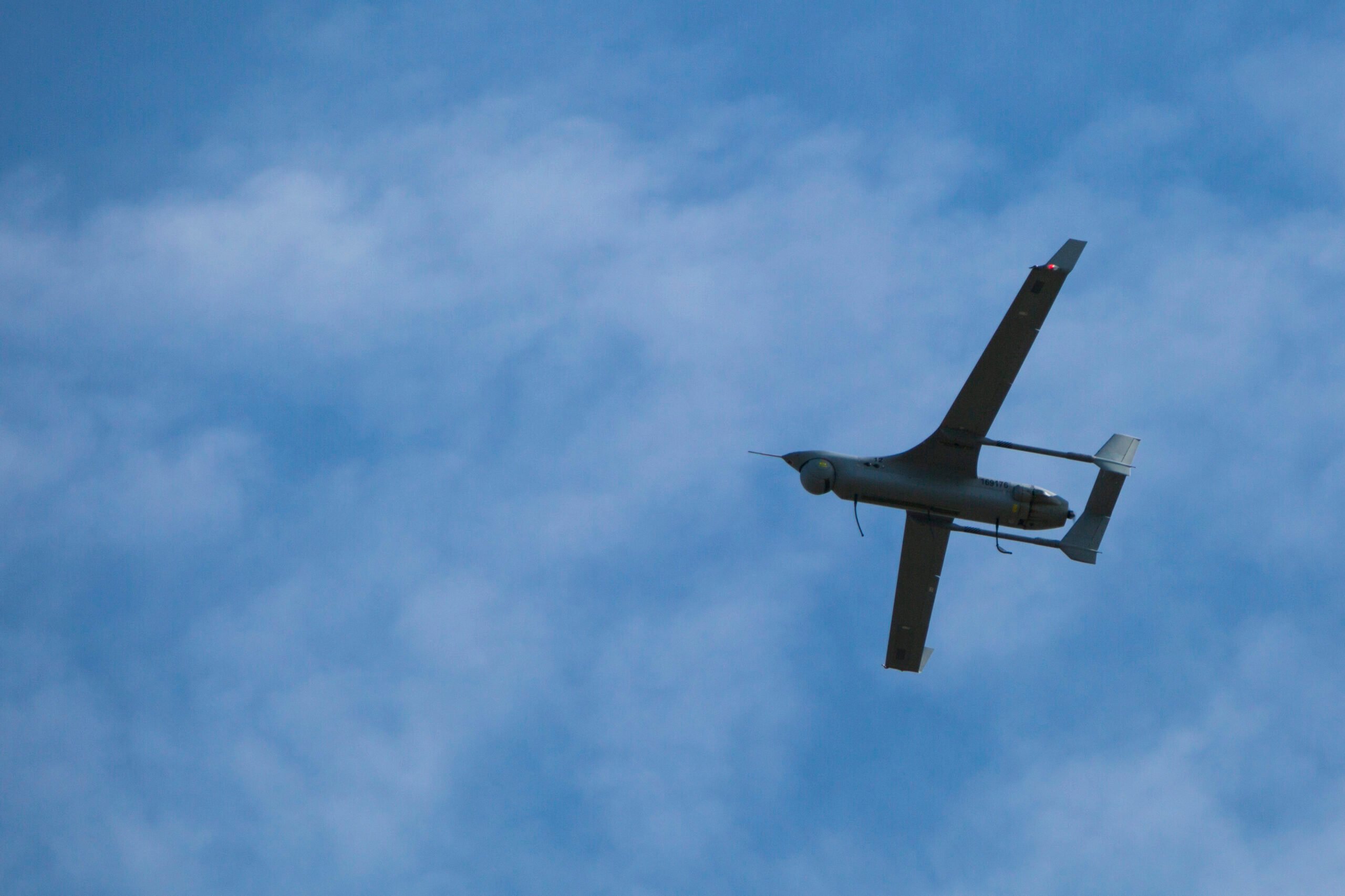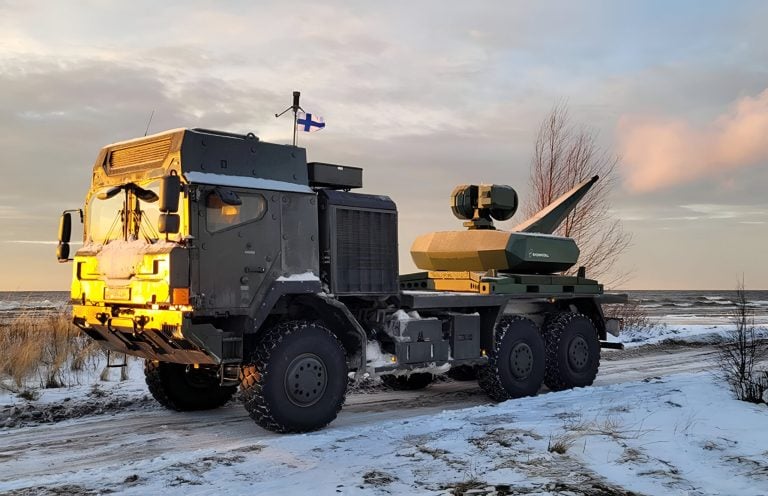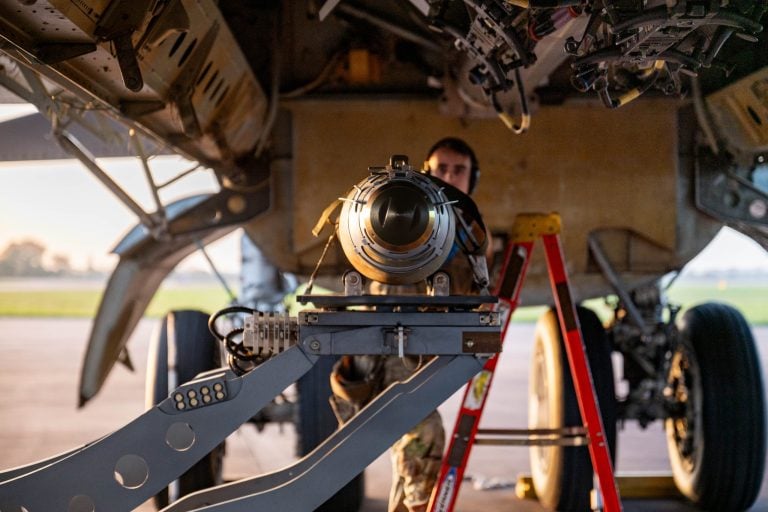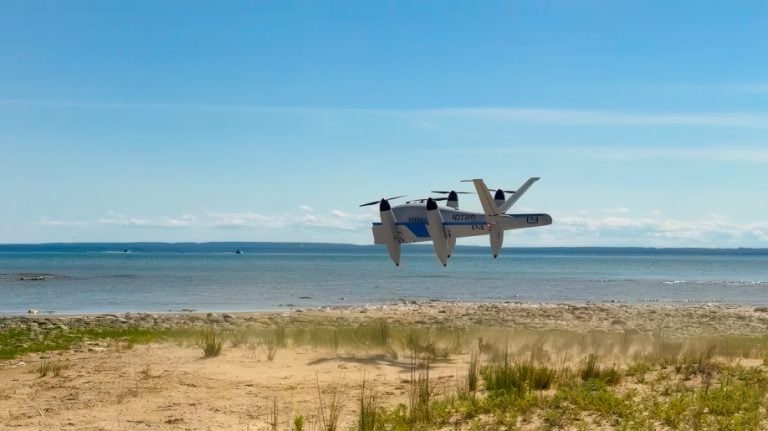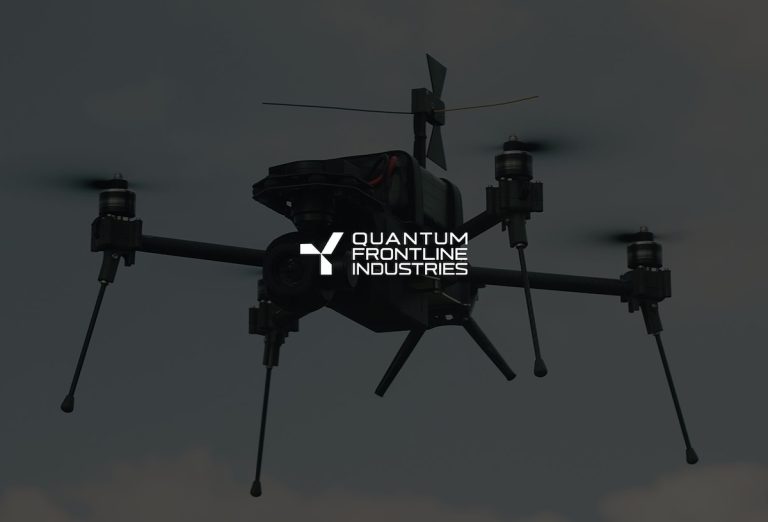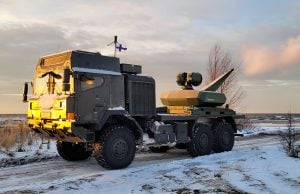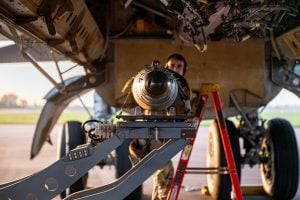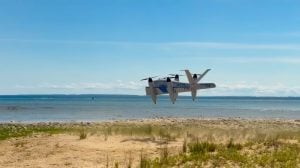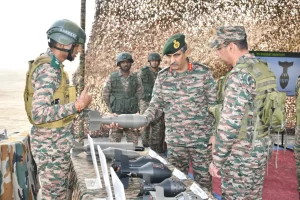In a significant move to enhance its naval capabilities, Boeing’s subsidiary, Insitu, has secured a new contract worth $102.3 million to supply the US Navy with additional unmanned aerial systems. This agreement outlines the delivery of 21 RQ-21 Blackjack drones and 47 MQ-27 ScanEagle aerial vehicles, intended for use in a variety of operational capacities, including naval force deployments, foreign military sales, and collaborative initiatives with business partners.
The contract encompasses a comprehensive package, which includes essential system payloads, support equipment, turrets, spare parts, tools, and training services. Insitu plans to execute this project at its Bingen, Washington facility, as well as at several international locations, ensuring a robust support framework for the new drones.
Insitu is expected to complete the deliveries by June 2026, marking another milestone in its evolving relationship with the Navy. This latest contract is a modification to a previous agreement from September 2022, which included orders for 13 RQ-21 Blackjacks and 25 MQ-27 ScanEagles. The contract history shows a consistent demand for these advanced drones, following an earlier order in April 2024 for six additional Blackjacks and 20 ScanEagles. The initial contract, signed back in 2019, allocated $390 million for the procurement of up to 63 RQ-21 Blackjacks and up to 93 MQ-27 ScanEagles.
The RQ-21 Blackjack, a lightweight tactical drone, measures 8 feet in length with a wingspan of 16 feet. Weighing in at 135 pounds, it is propelled by a two-bladed propeller and powered by an 8-horsepower EFI piston engine. The drone boasts an operational speed of 100 miles per hour and can reach altitudes of up to 19,500 feet, with a range of 50 nautical miles and an endurance of 16 hours.
On the other hand, the MQ-27 ScanEagle is slightly smaller, measuring 6 feet long and featuring a wingspan of 10 feet. With a weight of 40 pounds, it utilizes a 1.5-horsepower engine, allowing it to reach speeds of up to 80 knots. Like the Blackjack, the ScanEagle can also operate at altitudes of 19,500 feet but offers a longer operational range of over 60 miles and a flight endurance exceeding 20 hours. The introduction of these systems strengthens the US Navy’s capability in surveillance, reconnaissance, and tactical operations, highlighting an ongoing commitment to technological advancements in unmanned aerial flight.
